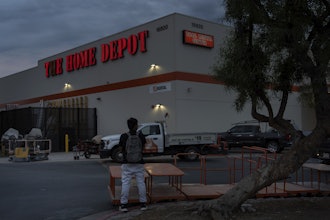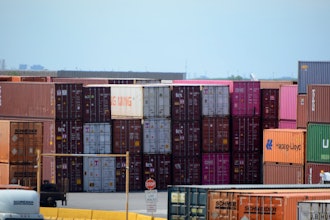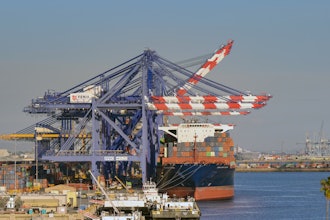Poor inbound freight visibility is associated with significant problems in supply chain management. Shippers may not know when a delivery will arrive, which trucks it is located on, whether multiple trucks are necessary and how much labor will be required to unload the freight within a given time successfully. The problems only grow worse from that point. However, inbound freight visibility can offer significant benefits to overarching supply chain management, especially inbound freight management. Shippers need to understand the benefits of inbound freight visibility, including the challenges preventing shippers from realizing more visibility into inbound freight and the best practices for achieving better inbound control today.
Preventing Shippers From Reaching Visibility in Inbound Freight
However, before shippers can take advantage of better inventory management, lower inventory levels reduced carrying costs, automated notifications, administrative efficiency and better customer satisfaction of improved freight visibility, shippers must understand the challenges of inbound freight visibility. Some significant problems that prevent shippers from achieving more visibility to inbound freight derives from a common misconception. Although vendors are responsible for shipping freight to shippers, shippers should retain the control. Unfortunately, most shippers leave the process in the hand of vendors, which may add a surcharge for managing inbound freight. In today’s world, every company is looking out for number one, and your business must not be an exception. Additional challenges that prevent shippers from attaining inbound freight visibility include:
- Limited information flow and access to such information.
- Limited ability to understand data and apply it accordingly.
- A lack of penalties for shippers and vendors that diverge from the pre-determined plan within the inbound freight routing guide.
- Failure to recognize the financial burden of poor inbound freight management.
- Pushback from suppliers and vendors that do not want to give up control over managing processes
Although such challenges do exist, shippers can overcome them through better visibility.
Benefits of Inbound Freight Visibility on Supply Chain Management
The benefits of inbound freight visibility are self-propagating. In other words, achieving one advantage builds on another, and with time, the entire inbound supply chain becomes easy-to-see and manage.
Some benefits of excellent inbound freight visibility include:
- Increased customer service and the customer ultimately receives the product faster, says McClain & Associates.
- Streamlined processes
- Uncovered opportunities for route optimization
- Knocked down silos between stakeholders
- Mitigated risk
- Better control over the cost of freight/saves money
- Ability to integrate with vendor-owned systems.
- Monitoring of vendor compliance in real-time.
- Instant quoting capability for freight management.
- Better route optimization, as well as optimization of your warehouse layout.
Bringing all systems into harmony through visibility requires integration, but this integration is comparable to visibility, building on itself to further enhance your supply chain capabilities.
How to Achieve Better Inbound Management Visibility
Shippers that seek to improve inbound freight visibility may not know where to start. In reality, thousands of TMS platforms exist, and every company will claim that their solution is the best. However, that is little use to the small business that does not know how to gain inbound freight visibility while waiting on the capital to invest in such a platform. Instead of getting lost in confusion, follow these steps to get started:
- Start small.
- Integrate your TMS with applicable systems, even if you use manual spreadsheets.
- Know when delays may occur.
- Automate reporting and notification processes.
- Partner with suppliers to create a plan of action.
- Develop strong carrier alliances.
- Leverage the expertise of local, regional and intermodal carriers.
- Know when to renegotiate.
Gain Visibility in Your Inbound Processes Now
Visibility for improved inbound freight management is not a complicated process. It is, essentially, the way a company works to ensure it understands every aspect of inbound freight management, but the use of a TMS is the easiest and most effective way to gain visibility in your inbound freight management processes. Stop wasting time, and implement a proven TMS, backed by the expertise of a dedicated third-party logistics provider (3PL), such as Cerasis.
Adam Robinson oversees the overall marketing strategy for Cerasis including website development, social media and content marketing, trade show marketing, email campaigns, and webinar marketing. Mr. Robinson works with the business development department to create messaging that attracts the right decision makers, gaining inbound leads and increasing brand awareness all while shortening sales cycles, the time it takes to gain sales appointments and set proper sales and execution expectations.
A version of this story first appeared on the Cerasis blog.























